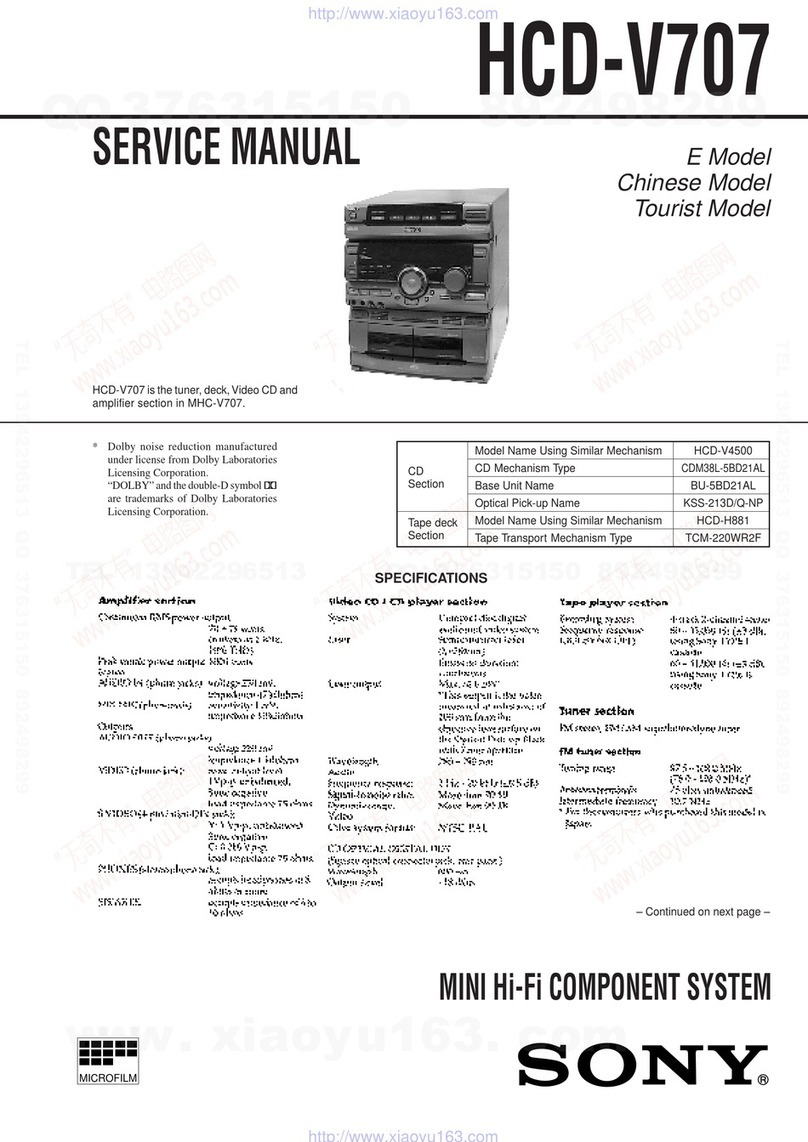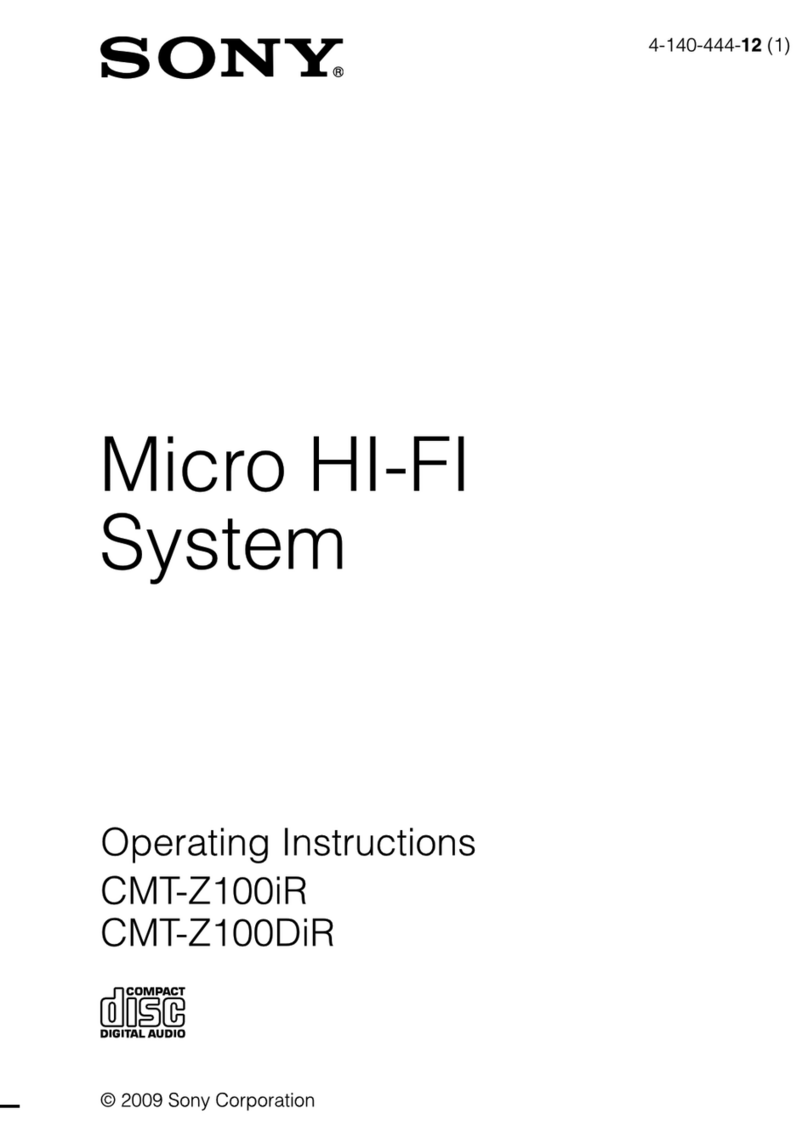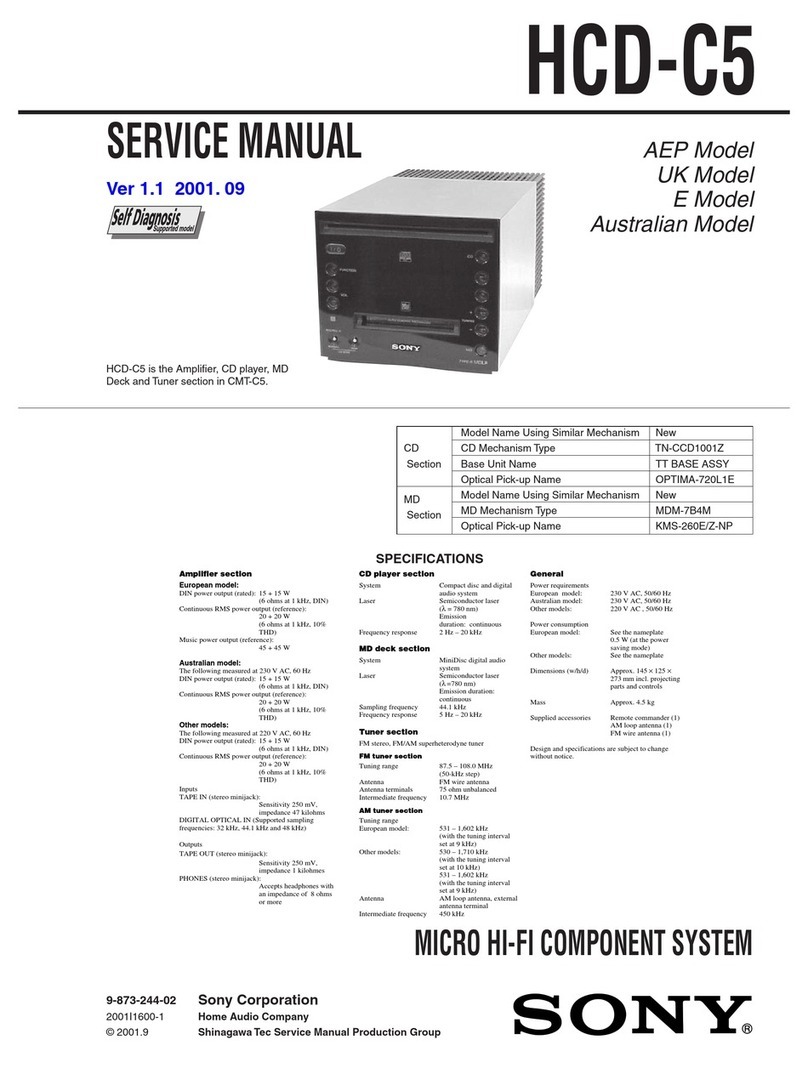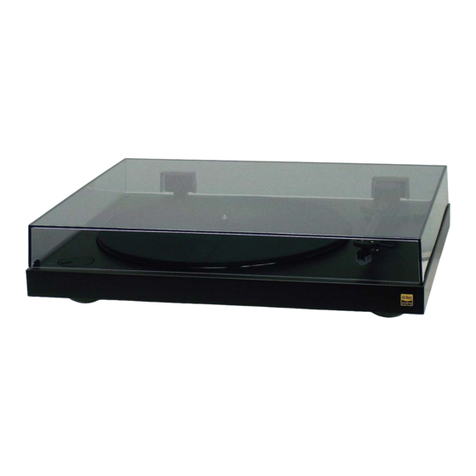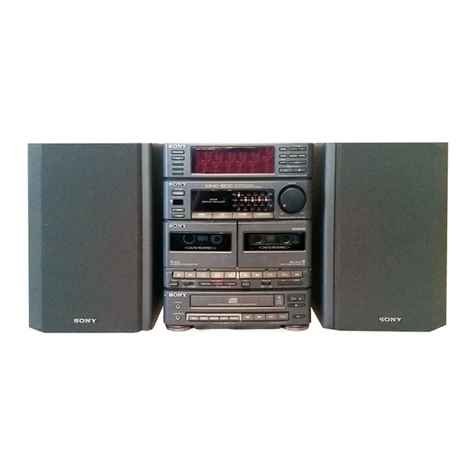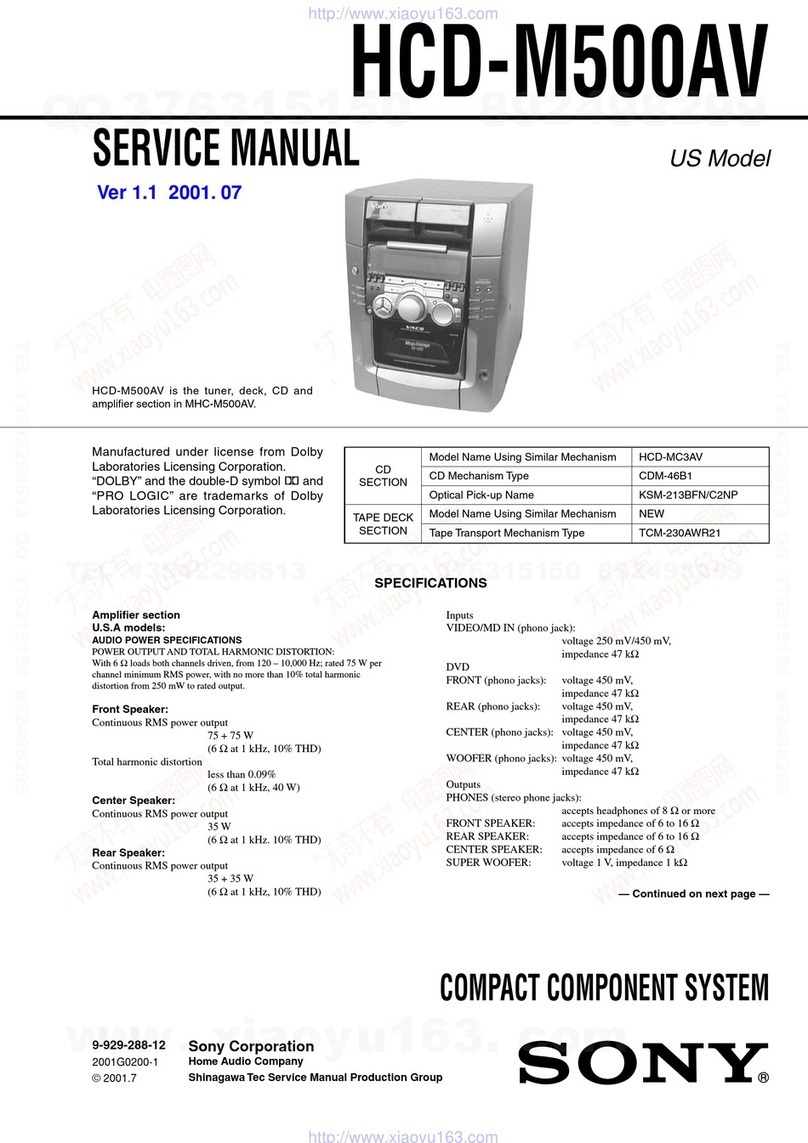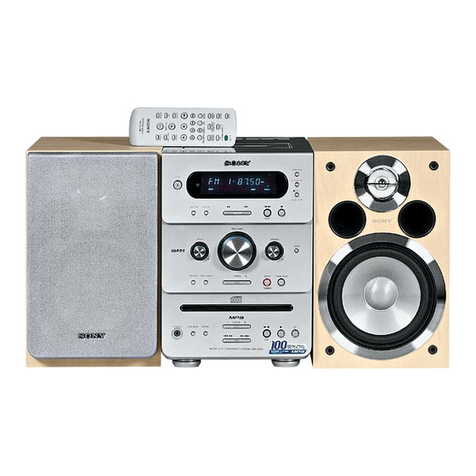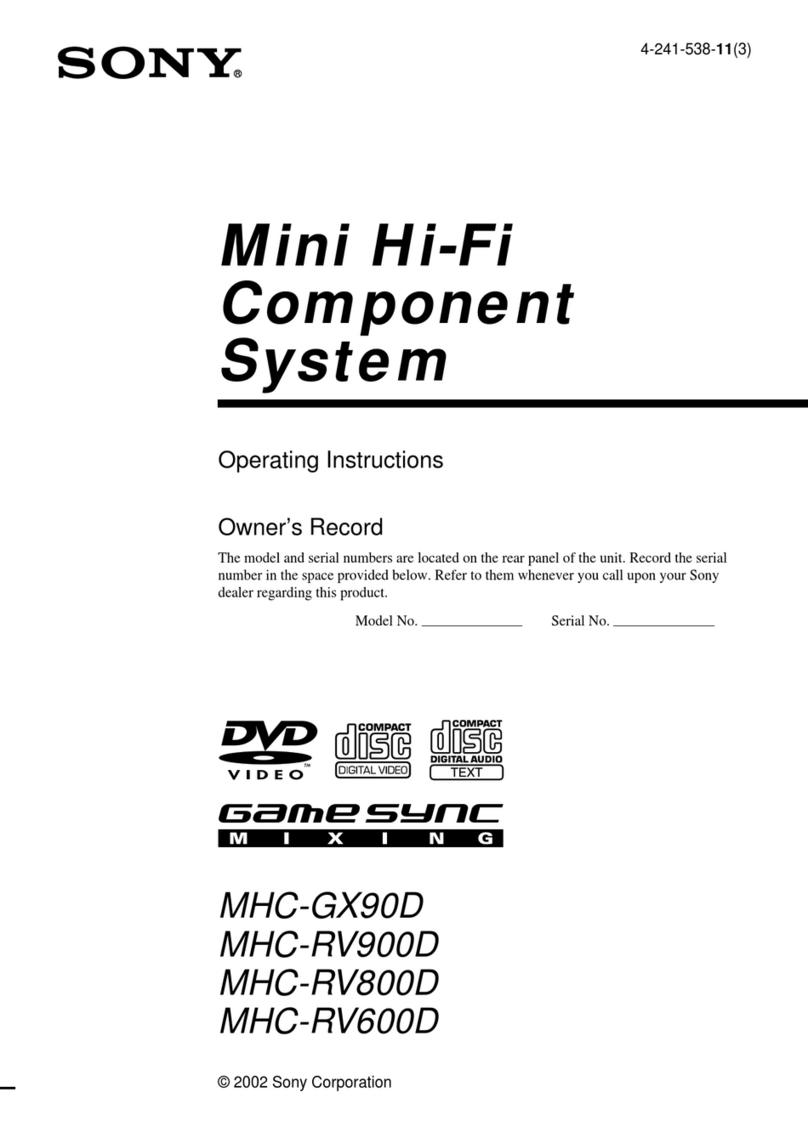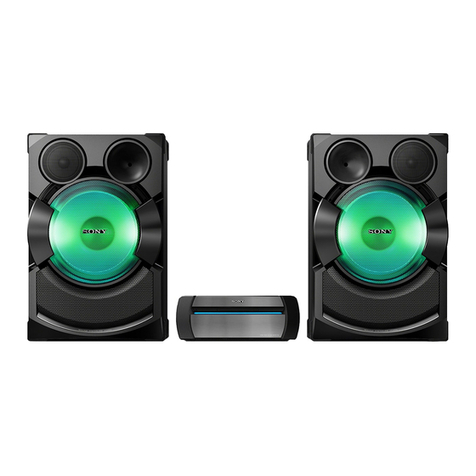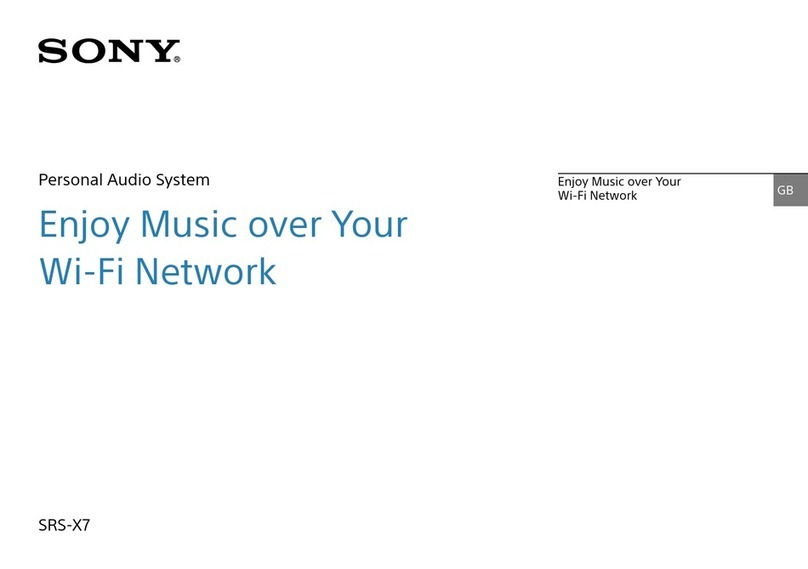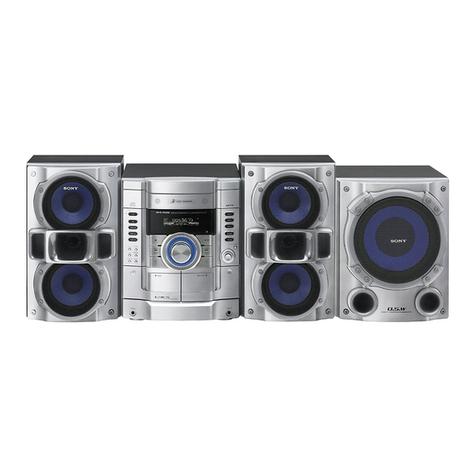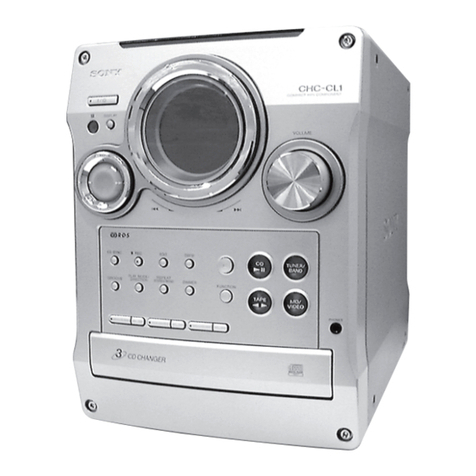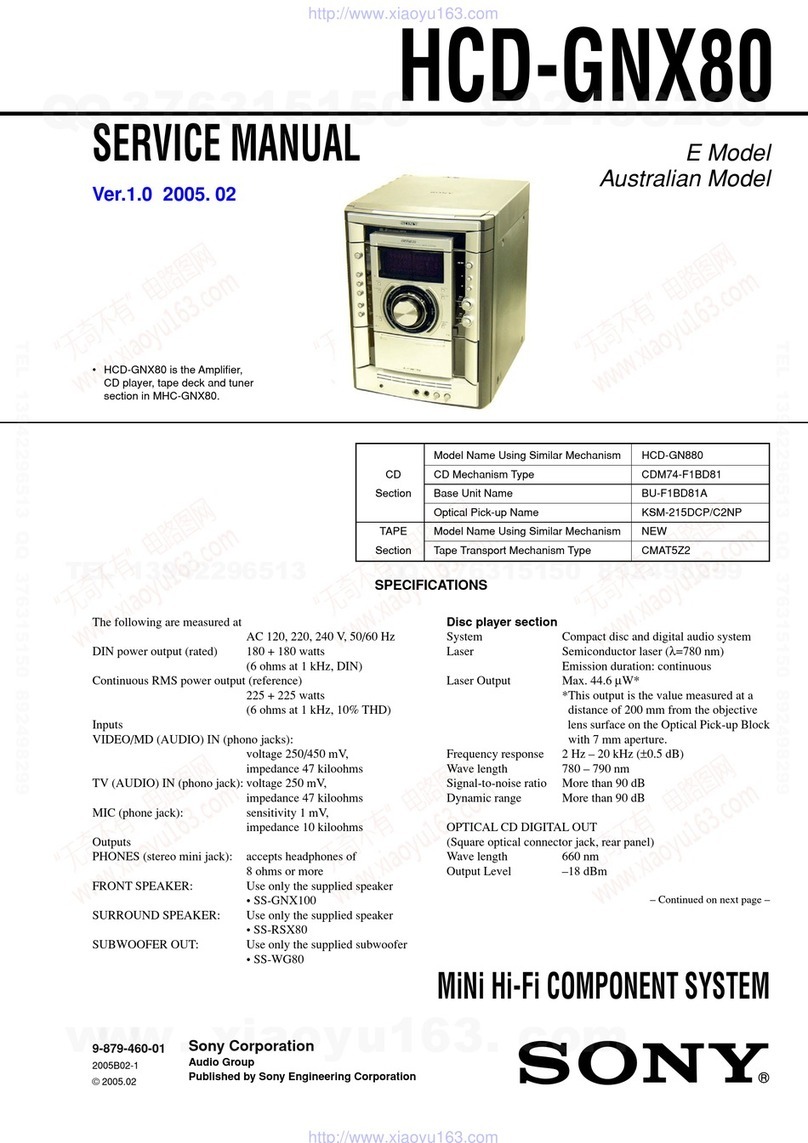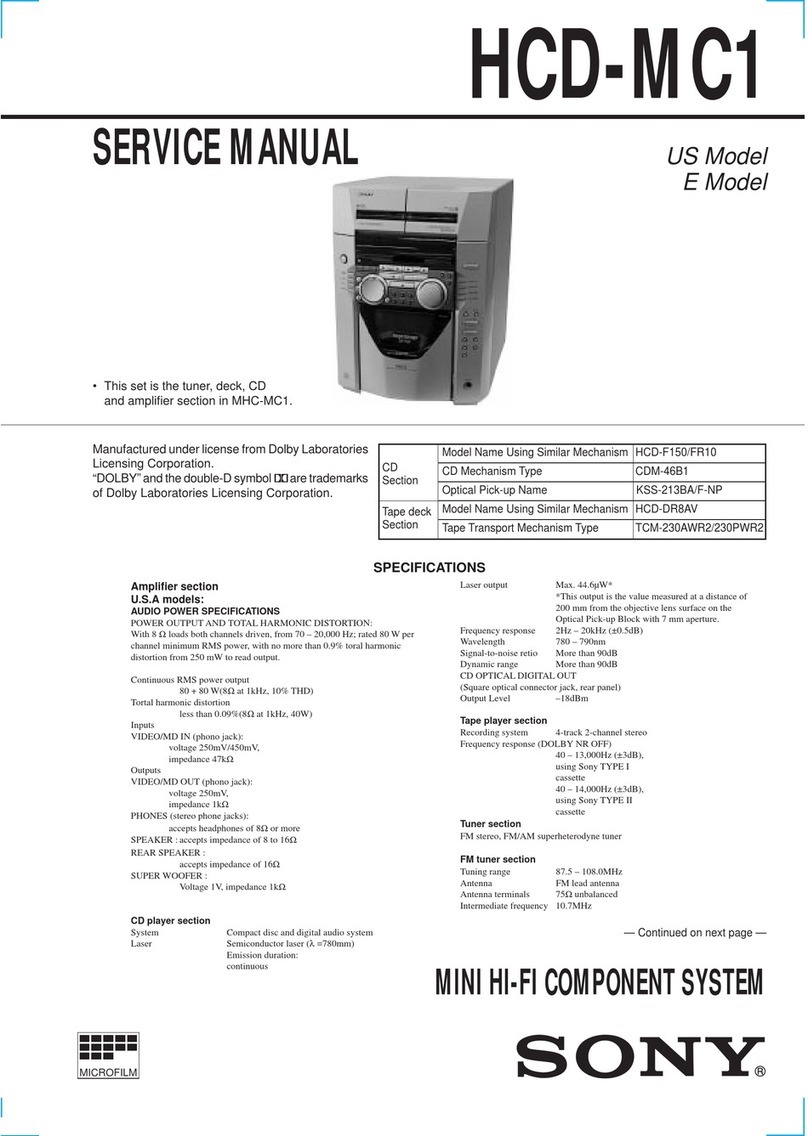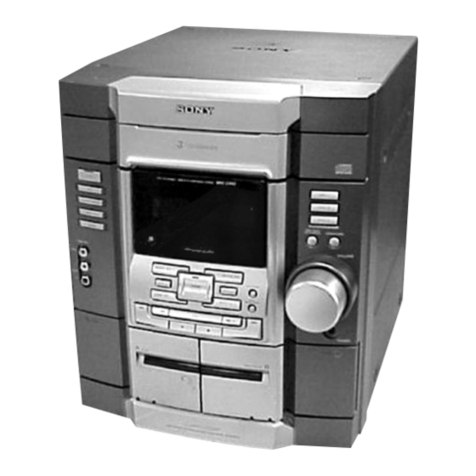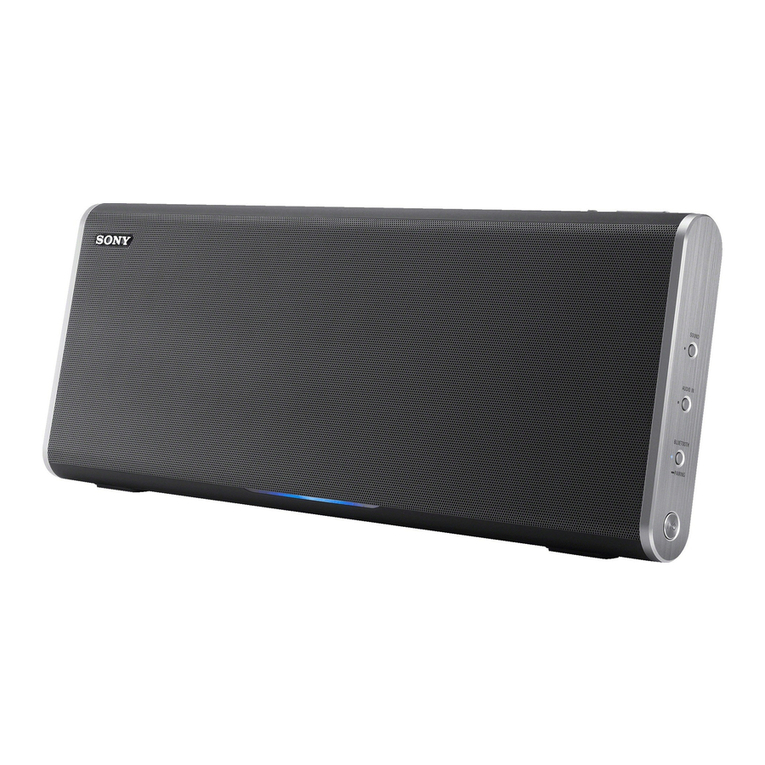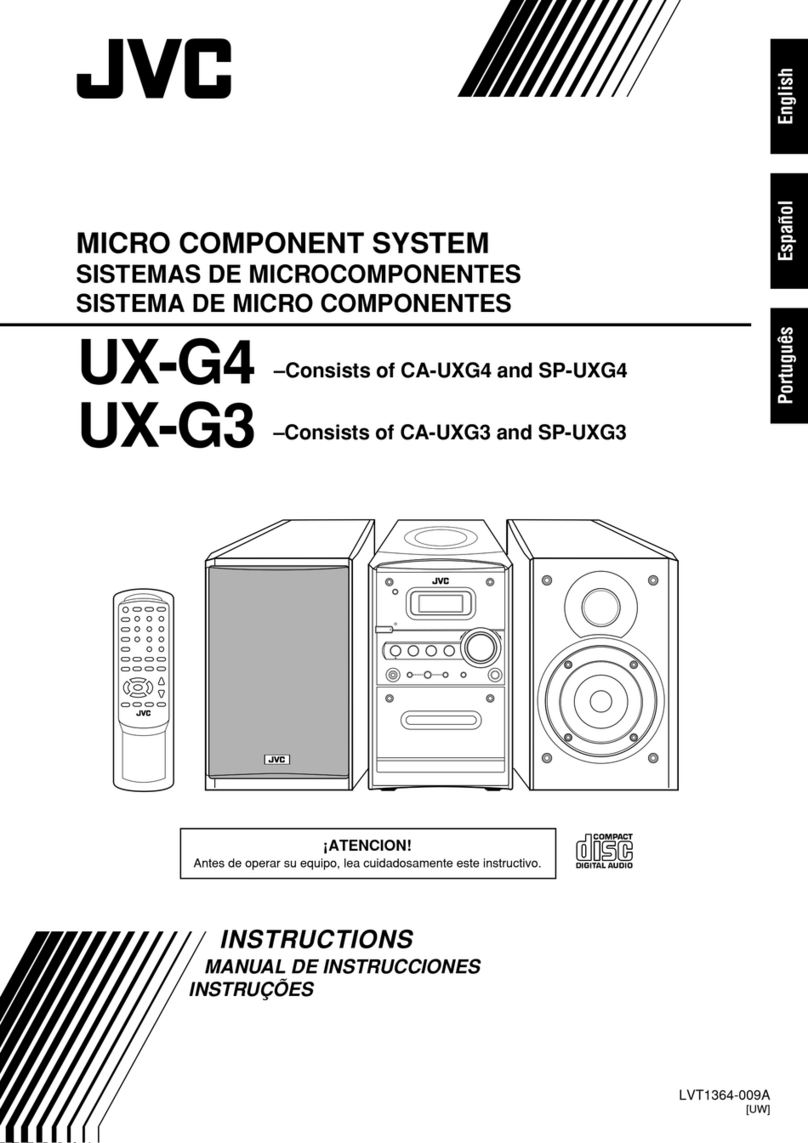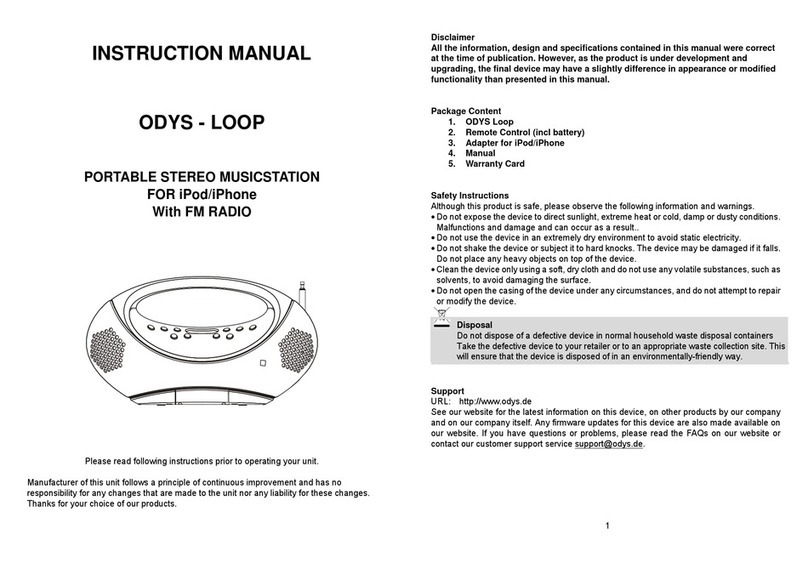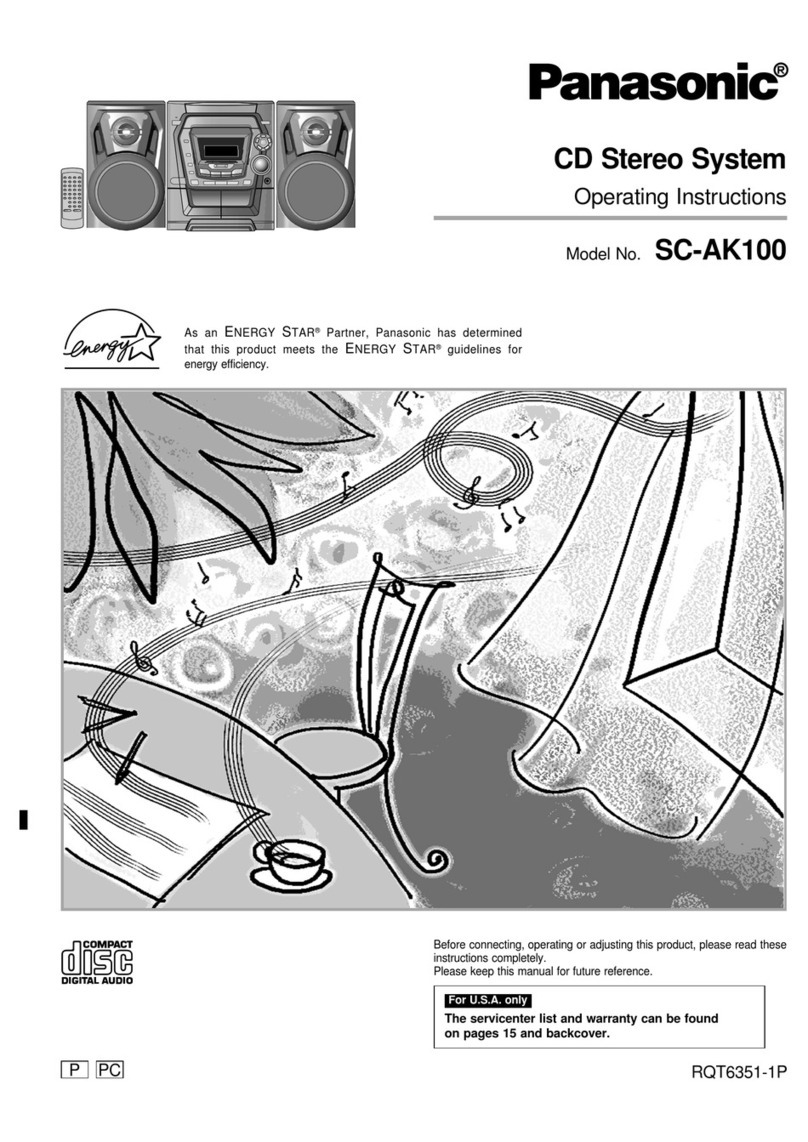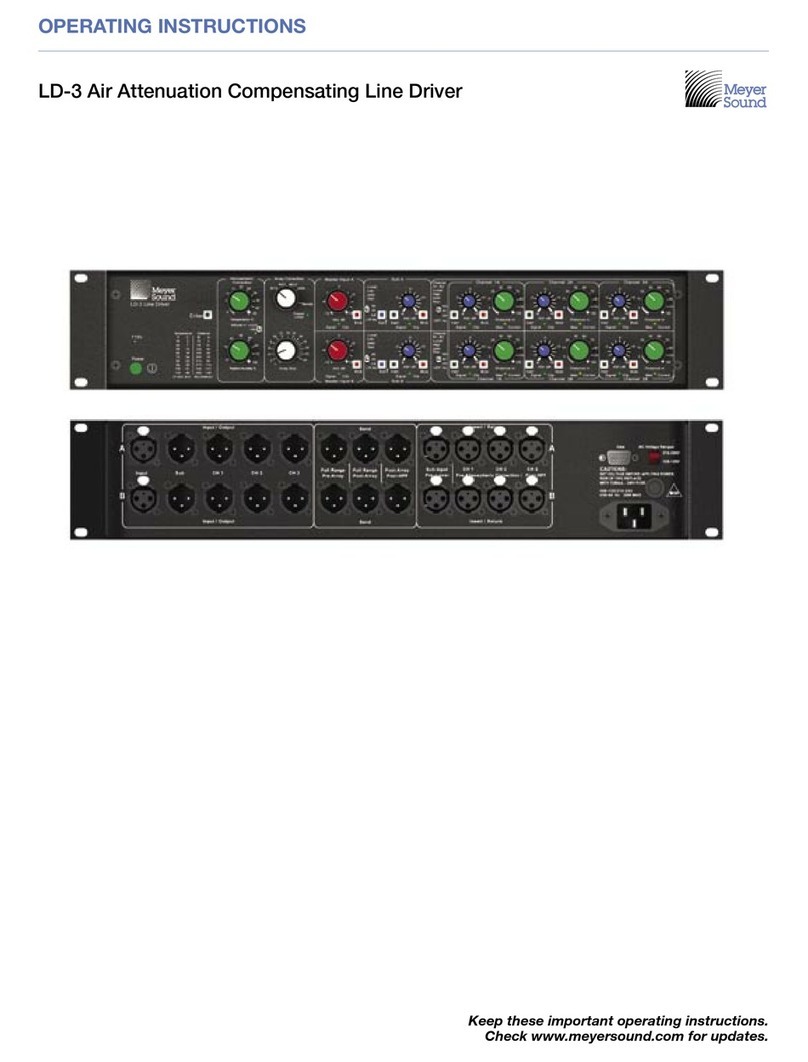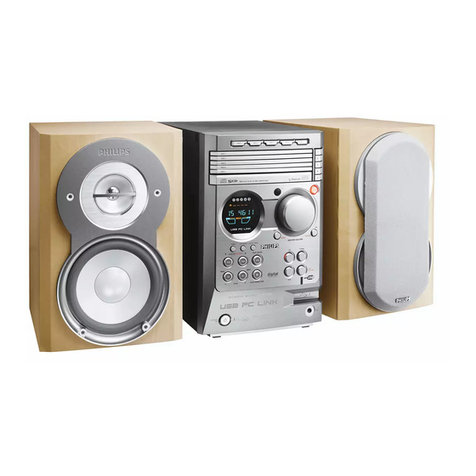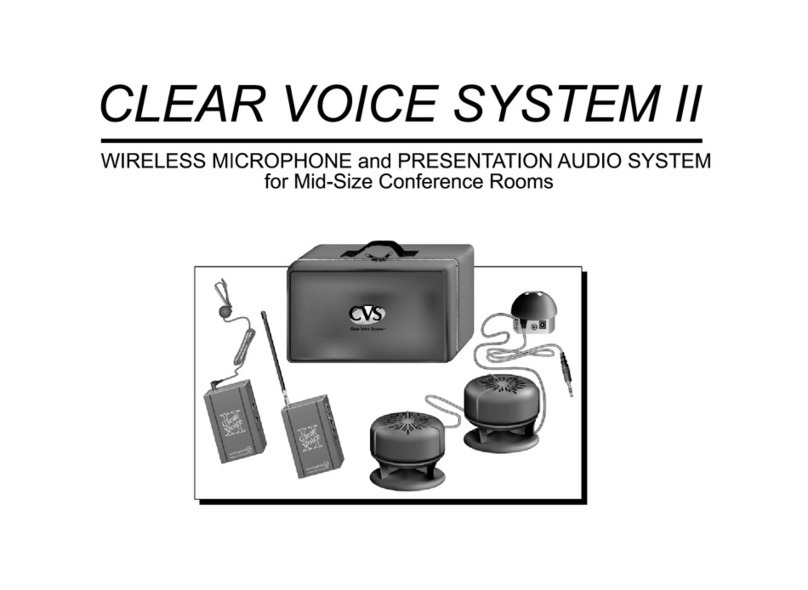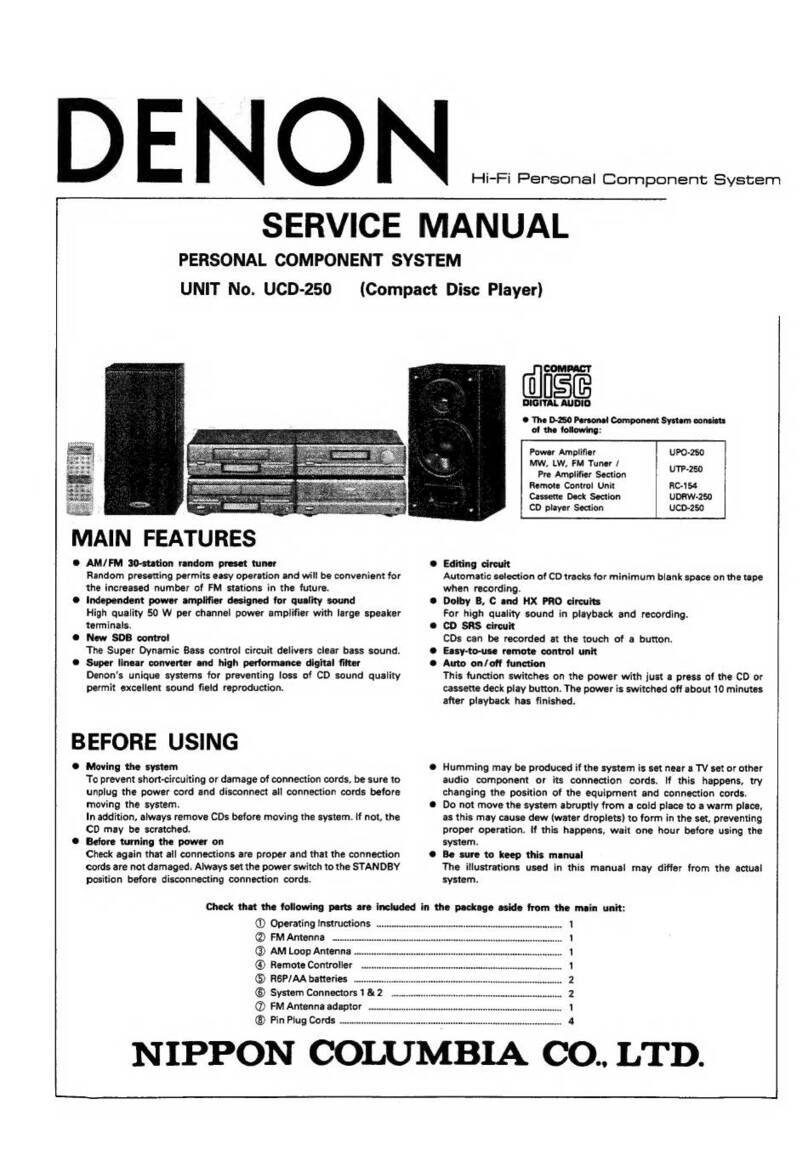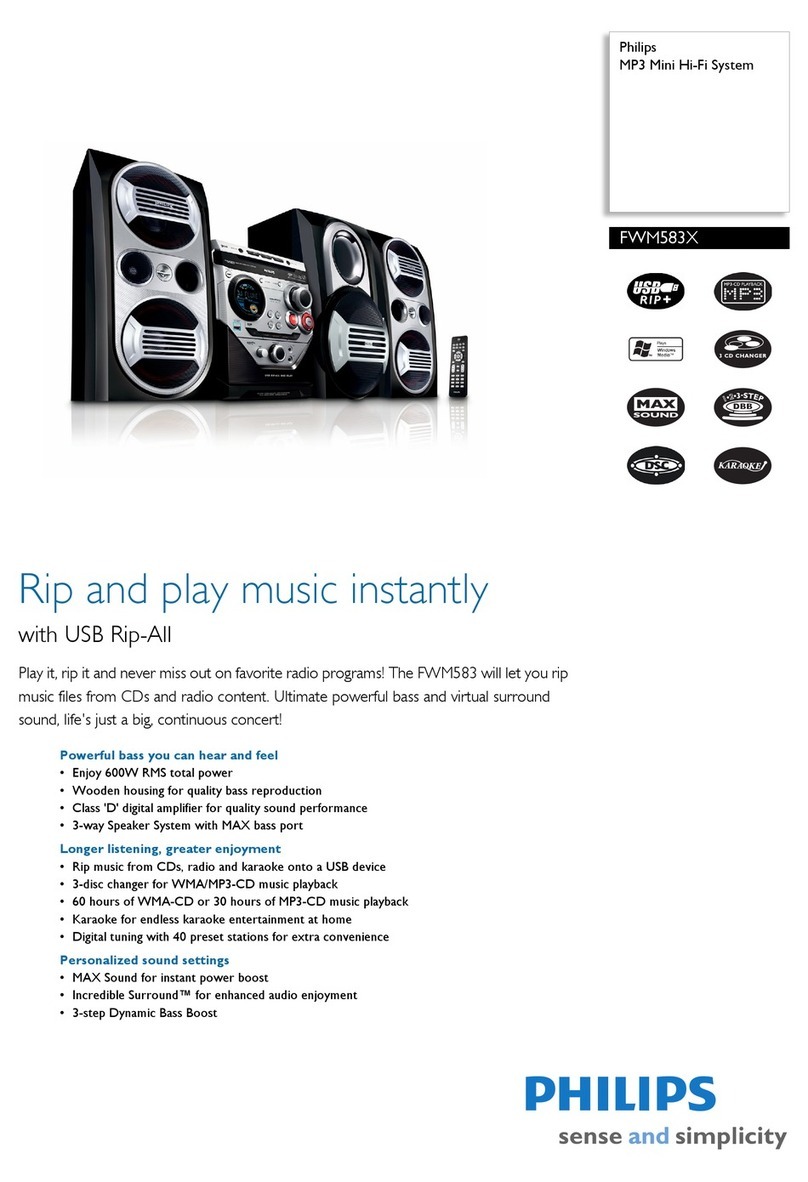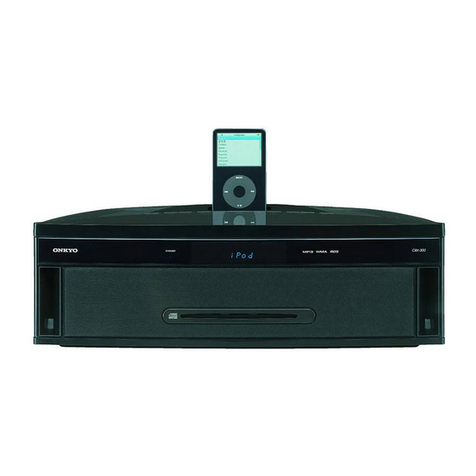MEX-BT4100E/BT4100P/BT4100U/BT4150U
9
Ver. 1.1
Установка микрофона ( )
Для общения в режиме громкой связи необходимо
установить микрофон (прилагается).
Внимание!
Не подвергайте микрофон воздействию высоких
температур и влажности.
Чрезвычайную опасность представляет
закручивание шнура вокруг колонки рулевого
управления или рычага переключения передач. Не
допускайте того, чтобы шнур или другие
компоненты препятствовали управлению
автомобилем.
Если автомобиль оснащен воздушными подушками
безопасности или другим амортизационным
оборудованием, перед установкой обратитесь к
дилеру Sony, у которого было приобретено изделие,
или представителю корпорации Sony по
обслуживанию в вашем регионе.
-A Установка на противосолнечный
козырек
1 Установите микрофон на зажим .
2 Установите зажим на противосолнечный
козырек.
3 Установите зажимы (не прилагаются) и
отрегулируйте длину и положение кабеля
таким образом, чтобы он не мешал при
управлении.
-B Установка на приборную панель
1 Установите микрофон на зажим , затем
расположите шнур в канавке зажима .
2 Закрепите зажим на приборной панели с
помощью двусторонней клейкой ленты .
3 Установите зажим (не прилагается) и
отрегулируйте длину и положение кабеля
таким образом, чтобы он не мешал при
управлении.
Примечание
.
.
.
.
.
Pyccкий
Меры предосторожности
Место для установки аппарата выбирайте
тщательно, чтобы он не мешал управлению
автомобилем.
Не устанавливайте аппарат там, где он будет
подвержен воздействию пыли, грязи, чрезмерной
вибрации или высоких температур, например в
местах, попадающих под прямые солнечные лучи
или находящихся вблизи вентиляционных решеток
обогревателей.
В целях обеспечения надежной и безопасной
установки используйте лишь входящие в комплект
монтажные детали.
Допустимый угол установки
Установите аппарат под углом не более 45°.
Cнятиe зaщитной мaнжeты и
кpонштeйнa ( )
Пepeд ycтaновкой аппарата снимите с него
зaщитнyю мaнжeтy и кpонштeйн .
1 Cнятиe зaщитной мaнжeты .
Снимите защитную манжету , зацепив ее за
края.
2 Cнятиe кpонштeйнa .
Bcтaвьтe одновpeмeнно до щeлчкa обa
ключa для дeмонтaжa мeждy аппаратом и
кpонштeйном .
Потянитe кpонштeйн вниз, a аппарат
- ввepx, чтобы отдeлить одно от дpyгого.
Пpимep ycтaновки ( )
Установка аппарата в приборной пaнeли
Пpимeчaния
epe yca yeec, cap e
cpa pea ay yp a 2 . Ec
cap axc p e y
, ,
( -1).
p exc e cy apyy,
ece y y ( -2).
eec, 4 capa, eec a a
aee , ae cae epc a
(-3).
Порядок снятия и установки
передней панели ( )
Перед установкой аппарата снимите с него
переднюю панель.
-A Снятие панели
Прежде чем снимать переднюю панель, обязательно
нажмите и удерживайте . Нажмите
кнопку снятия передней панели, затем снимите
панель, потянув ее на себя.
-B Установка панели
Сначала присоедините часть передней панели к
части аппарата, как это показано на иллюстрации,
а затем вдвиньте в паз левую часть панели до легкого
щелчка.
Внимание. Если в замке
зажигания нет положения
ACC
Задайте функцию автоматического выключения. Для
получения дополнительной информации см.
прилагаемые инструкции по эксплуатации.
После выключения аппарата его питание будет
автоматически отключено в установленное время, что
предотвращает разрядку аккумулятора.
Если функция автоматического выключения не
задана, то при каждом выключении зажигания
нажмите и удерживайте кнопку до тех
пор, пока дисплей не погаснет.
Замена предохранителя ( )
При замене предохранителей обязательно используйте
только те, которые соответствуют силе тока,
указанной на оригинальном предохранителе. Если
перегорел предохранитель, проверьте подключение
питания и замените предохранитель. Если после
замены предохранитель снова перегорел, это может
означать неисправность устройства. В этом случае
обратитесь к ближайшему дилеру Sony.
Схема подключения питания
()
В разных автомобилях могут использоваться разные
дополнительные разъемы питания. Чтобы убедиться в
правильности подсоединения, обpaтитecь к cxeмe
подключения дополнительного разъема питания
Вашего автомобиля. Есть три основных типа ( -1,
-2, -3). Возможно, придется поменять местами
подключение красного и желтого проводов в
соединительном кабеле питания стереосистемы.
После проверки пpaвильноcти подключeния в
paзъeмax подключите аппарат к электропитанию
автомобиля. Если возникли какие-либо вопросы или
проблемы, связанные с подключением аппарата,
которые не рассматриваются в настоящем
руководстве, обратитесь за советом к дилеру
автомобильной фирмы.
Укpaїнcькa
Заходи безпеки
Уважно виберіть місце для встановлення, щоб
пристрій не перешкоджав нормальному керуванню
автомобілем.
Уникайте встановлення пристрою у місцях, що
піддаються впливу пилу, бруду, надмірної вібрації
або високої температури, наприклад, у місцях, на які
падає пряме сонячне проміння, або біля
вентиляційних отворів обігрівача.
Для безпечного та надійного встановлення
використовуйте монтажне обладнання тільки з
комплекту поставки.
Регулювання кута встановлення
Відрегулюйте кут встановлення так, щоб він був не
більше 45°.
Від’єднання захисної
манжети та кронштейна ( )
Перед встановленням апарата від’єднайте
захисну манжету та кронштейн від апарата.
1 Від’єднання захисної манжети .
Захопіть обидва краї захисної манжети , а
потім витягніть її.
2 Від’єднання кронштейна .
Вставте обидва демонтажні ключі разом
між апаратом і кронштейном , доки не
пролунає клацання.
Потягніть кронштейн донизу, а потім
потягніть виріб догори, щоб роз’єднати їх.
Приклад встановлення ( )
Встановлення в панелі приладів
Примітка
,
2 .
,
( -1).
, ,
( -2).
, 4
, ( -3).
Порядок від’єднання і
приєднання передньої
панелі ( )
Перед встановленням апарата від’єднайте
передню панель.
-A Для від’єднання
Перш ніж від’єднати передню панель, обов’язково
натисніть і утримуйте кнопку .
Натисніть кнопку розблокування передньої панелі та
потягніть панель до себе.
-B Для приєднання
З’єднайте частину передньої панелі з частиною
пристрою, як показано на ілюстрації, і натискайте на
ліву сторону, доки панель, клацнувши, не стане на
місце.
Увага. Якщо у замку
запалювання автомобіля
немає положення ACC
Обов’язково налаштуйте функцію автоматичного
вимкнення. Для отримання детальної інформації див.
інструкції з експлуатації, які постачаються в
комплекті. Після вимкнення пристрою він
автоматично вимкне живлення у встановлений час,
що запобігає витраті заряду акумулятора. Якщо
функцію автоматичного вимкнення не встановлено,
після кожного вимикання запалювання натискайте та
утримуйте , доки не зникне
зображення на дисплеї.
Заміна запобіжника ( )
Замінюючи запобіжник, переконайтеся, що новий
запобіжник розрахований на таку саму силу струму,
як і оригінальний. Якщо запобіжник перегорає,
перевірте підключення живлення та замініть
запобіжник. Якщо запобіжник перегорає знову після
заміни, причиною цього може бути внутрішня
неполадка. У такому разі зверніться до найближчого
дилера Sony.
Схема підключення
живлення ( )
Допоміжний роз’єм живлення може різнитися
залежно від автомобіля. Перевірте схему допоміжного
роз’єму живлення у своєму автомобілі, щоб
впевнитися у правильності з’єднань. Існує три основні
типи ( -1, -2, -3). Може знадобитися поміняти
місцями положення червоного і жовтого дротів у
кабелі живлення автомобільної стереосистеми.
Перевіривши правильність підключення в роз’ємах,
підключіть пристрій до електроживлення автомобіля.
Якщо виникли запитання або проблеми з пристроєм,
не описані в цій інструкції, зверніться за допомогою
до дилера автомобільної компанії.
Установлення мікрофона
( )
Для розмов у режимі handsfree потрібно встановити
зовнішній мікрофон (постачається в комплекті).
Попередження
Зберігайте мікрофон у місцях, де він не зазнає
впливу високої температури та вологості.
Украй небезпечно, якщо шнур обмотається навколо
кермової колонки або важеля переключення
швидкості. Обов’язково стежте за тим, щоб він та
інші предмети не перешкоджали керуванню
автомобілем.
Якщо в автомобілі є повітряні подушки або інше
амортизаційне обладнання, перед встановленням
зверніться в пункт продажу, де ви придбали цей
пристрій, або до агента з продажу автомобіля.
-A Установлення на сонцезахисному
щитку
1 Установіть мікрофон на затискач .
2 Установіть затискач на сонцезахисний
щиток.
3 Установіть затискачі (не постачаються) і
відрегулюйте довжину й положення шнура,
щоб він не заважав під час керування
транспортним засобом.
-B Установлення на щитку управління
1 Установіть мікрофон на затискувачі , а
потім розмістіть шнур вздовж жолобка
затискувача .
2 За допомогою двосторонньої клейкої стрічки
приєднайте затискач до панелі
управління.
3 Установіть затискач (не постачається) і
відрегулюйте довжину й положення шнура,
щоб він не заважав під час керування
транспортним засобом.
Примітка
.
,
.
.
.
.
Приборная пaнeль
Панель приладів
Огнеупорная
перегородка
Вогнетривке
загородження
Bыcтyпы
Фіксатори
Кнопка снятия передней панели
Кнопка розблокування передньої
панелі
Фикcaтоp
Фіксатор
182 mm
53 mm
A
B
A
2
1
2
B1
Зажимы (не прилагаются)
Затискачі (не постачаються)
Зажим(не прилагаются)
Затискач (не постачається)
Haпpaвьтe кpючок внyтpь.
Гачком усередину.
2
1
2
13
Дополнительный разъем питания
Додатковий роз’єм живлення
4Желтый
Жовтий
импульсный источник питания
імпульсне постачання живлення
7Красный
Червоний
непрерывное поступление питания
неперервне постачання живлення
Желтый
Жовтий
Желтый
Жовтий
Красный
Червоний
Красный
Червоний
Красный
Червоний
Красный
Червоний
Желтый
Жовтий
Желтый
Жовтий
Красный
Червоний
Красный
Червоний
Желтый
Жовтий
Желтый
Жовтий
4Желтый
Жовтий
непрерывное поступление питания
неперервне постачання живлення
7Красный
Червоний
импульсный источник питания
імпульсне постачання живлення
автомобиль не имеет положения АСС
автомобіль не має положення ACC
Предохранитель (10 А)
Запобіжник (10 A)
2
3
1
